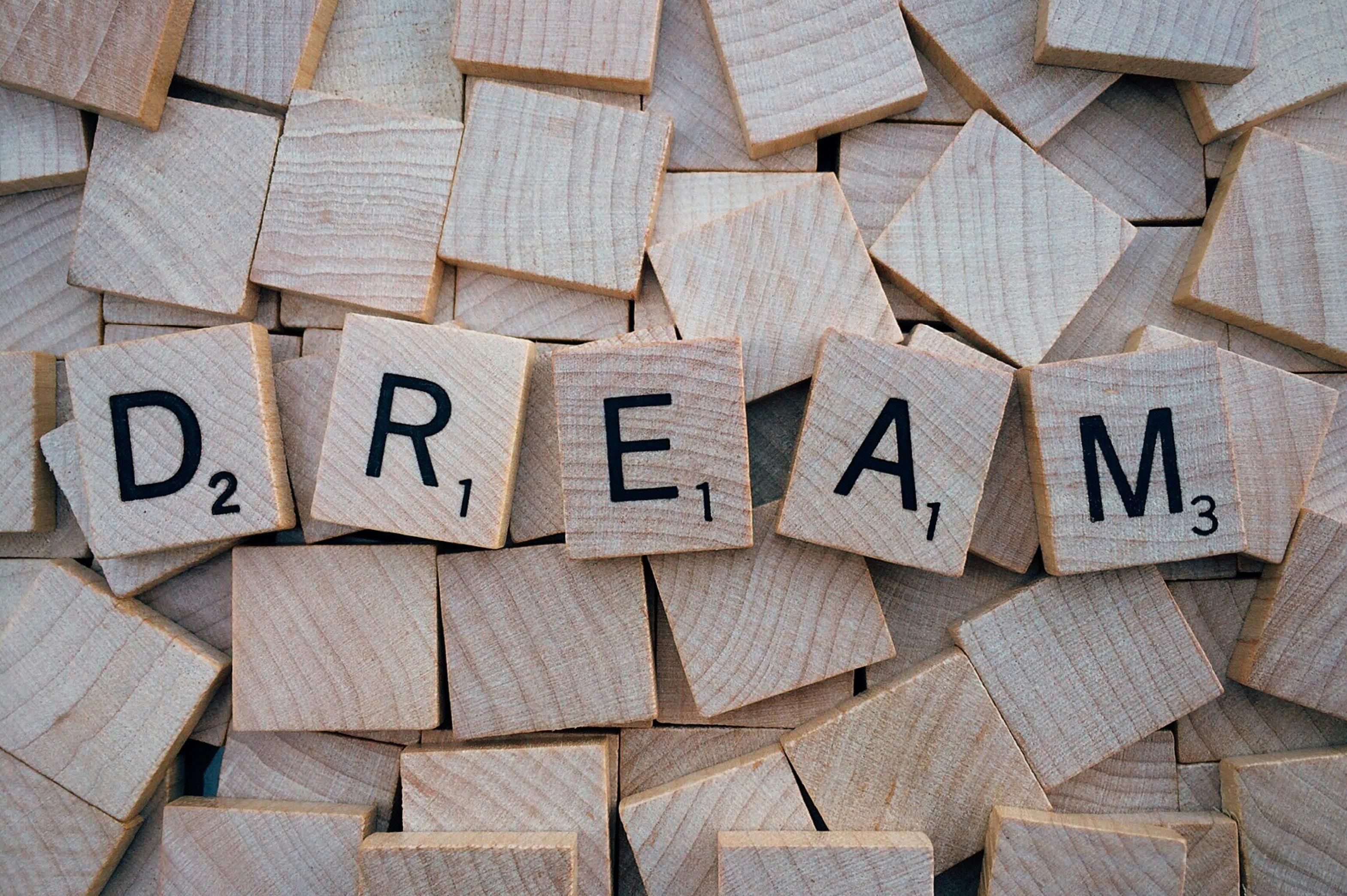Although the horse shows can seem chaotic to newcomers (horses and people roam everywhere), the events are very well organized. It takes a lot to host an event like this. The place for the show itself must be secured in advance. Show prizes (class list and entry form) must be sent to contestants. So, we can forget about finding willing and able judges for the events.
As you watch the contest, you will be very aware of the judges and the prizes awarded to the winners. After all, most of us are there to win. In the following sections, I will go over the trials, rankings, and prizes that are part of each equestrian competition. Knowing how a horse show works can help you get the most out of it, whether you are a spectator or a competitor.
A brief look to judge
In most kinds of contests, deciding the winners is subjective. In other words, the person presiding over a particular class determines the first place winner and other placements based on the judge’s opinion. Although they try to adhere to a standard when making their decisions, the choice is ultimately quite personal. Still, it is very rude not to be respectful of the results. Many judges volunteer their time and are not paid for the work they do; others only receive a stipend from the sponsoring club. Fortunately, timed events like vaulting and the gymkhana, which are speed events, are not subjective. In those contests the horse achieves the objective or does not achieve it. The results in those classes are straightforward. So who are these judges, anyway, who can make or break a contestant’s afternoon? Most are very experienced riders who have competed in the events they judge. Many are trainers in those disciplines. Some are even tested early enough to show that they have enough knowledge to be judges.
Prizes and locations
As you hear the judge’s decision in each class, the positions come into play. At most shows, the announcer names the horse and/or rider with the last announced position first. The announcer then moves down the list until he finally gives the name of the first place winner. Most shows place horses first through sixth, though some larger shows go as high as tenth. In a big class show, even a tenth place award is an honor to receive.
The types of awards depend on the particular program. Almost all equestrian events give ribbons to winners. Each placement will have a different color, although color standards may vary from country to country. At US shows, ribbon colors typically follow the following guidelines:
first: blue
second: red
Third: yellow
fourth: white
Fifth: pink
Sixth: green
Seventh: purple
Eight: brown
Ninth: gray
Tenth: light blue
For even higher awards, such as Champion or Reserve Champion, winners take home large, fancy trophies and/or ribbons. At the larger national shows, those prizes would go to the first and second place winners, respectively. At some shows, cash prizes are even part of the deal. Cash prizes largely depend on the particular discipline. For example, a cash prize may be awarded at certain western-style events like reining. At big show jumping, horse and jockey teams can win thousands of dollars for a jackpot prize.
Please don’t let this little description satisfy your curiosity. Let work up an appetite for a memorable day of family fun. Grab a camera, record a video, and let the competitive spirit get into your blood. You may find yourself holding your breath one day when it’s your chance to win a ribbon.
